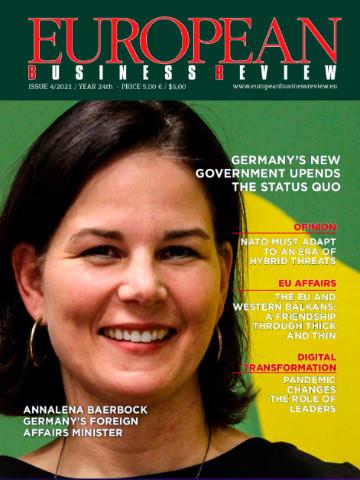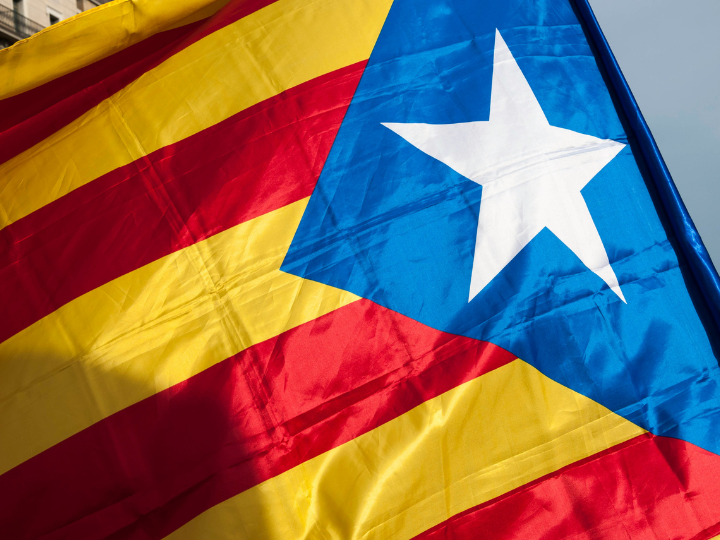by Conor O’Neill and Mattias Soderberg*
As COP 26 approaches, the EU needs to adopt a joint and ambitious approach to climate finance to ensure that EU countries stand by their financial commitments under the Paris Agreement, write Mattias Soderberg and Conor O’Neill.
2020 was due to be the year when the EU and other wealthy states would deliver on a key promise of the Paris Agreement – to support the world’s poorest countries in dealing with climate change, mobilising $100 billion in ‘climate finance’ annually.
This commitment is recognition that developing countries have done the least to cause the climate crisis, but are already bearing the brunt of its impacts and need support. However, new research indicates that this promise is not likely to be fulfilled.
“Setting the Standard” published by ACT Alliance EU, compares how EU Member States and institutions have sought to meet their climate finance commitments in recent years. While we have seen a steady increase in funds allocated to developing countries, it also reveals that the level of ambition differs widely between member states, and that a joint approach is clearly lacking.
Look first at what’s been promised: countries differ strongly on what they’re each willing to commit to. The collective figure of $100 billion per year, reaffirmed under the Paris Agreement, makes it easy for countries to hide, arguing that the amount of support they give is ambitious enough.
But the picture becomes clearer when we compare contributions based on gross national income (GNI), as is done when assessing commitments of development aid. Who gives most as a share of their national income?
In 2018, for example, Sweden delivered 0.12% of their GNI as climate finance, while Denmark delivered 0.06%. Others are far behind, however – Portugal’s climate finance contributions came to a tiny 0.0008% of GNI. For comparison, the best known target for international aid (ODA) aims at contributions of 0.7% of donors’ national income per year.
The topline figure is not the whole picture, however. It also matters how the money is delivered. This can be through loans (which must be repaid, often at interest) or grants, which are closer to traditional development aid.
The former can add to already unsustainable levels of debt, and fails to address the historical and financial imbalances that makes these transfers necessary in the first place.
Countries also differ here. Portugal can again be used as an example, but this time as an ambitious country delivering all its support as grants. This strong focus on grant-based support is similar to the Netherlands, Sweden, Denmark, Ireland and others, and it is also the approach developing countries expect.
However, several countries, notably the bigger EU member states, only deliver a part of their support as grants. The rest is given as loans, to be repaid with interest. Only about a quarter of Spain’s climate finance could, in 2018, be counted as grants, while France similarly wanted 70% of their support to be repaid.
UN agreements also state that this support should be “new and additional”, to ensure that an increasing focus on climate change does not lead to a decreasing focus on other development needs, such as healthcare, democracy, or education. Again, the approach differs across EU member states.
Sweden counts climate finance as additional when it is above existing development aid targets – an approach also supported by many developing countries. But other EU member states, such as Germany and Denmark, take a much more flexible approach, labelling any funds which have not be reported before as “new and additional”.
A common and ambitious approach is badly needed, here.
Finally, a better balance is also needed on where the money is spent. EU member states have promised that climate finance should be split between efforts to reduce greenhouse gas emissions (mitigation), and activities to reduce the risks for climate related disasters (adaptation).
The latter is crucial for poorer countries, which have relatively low emissions but are facing rising climate-related threats. Currently, only 35% of overall EU climate finance is allocated to adaptation, but the balance is closer to 50:50 when looking only at grant-based support.
EU member states negotiate as one block in the UN climate talks, but the approach to climate finance differs vastly between member states. Crucially, developing countries lose out in the process.
In advance of COP 26 this year, the EU must agree on a joint and ambitious approach to climate finance and ensure that promises about support to developing countries are finally kept.
*chief adviser at DanChurchAid and advocacy & policy officer at Christian Aid Ireland
**first published in: www.euractiv.com




 By: N. Peter Kramer
By: N. Peter Kramer

